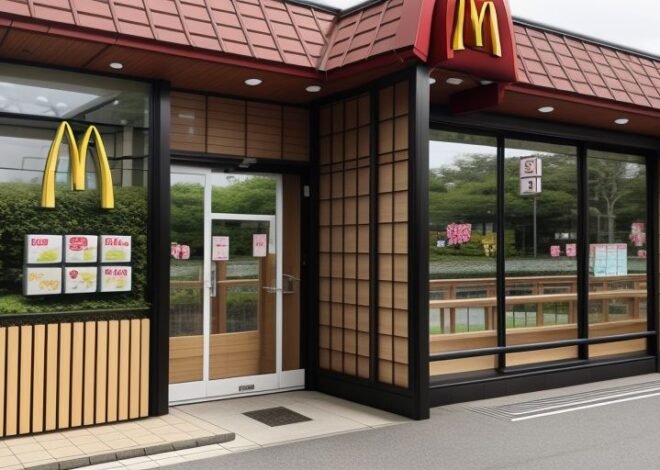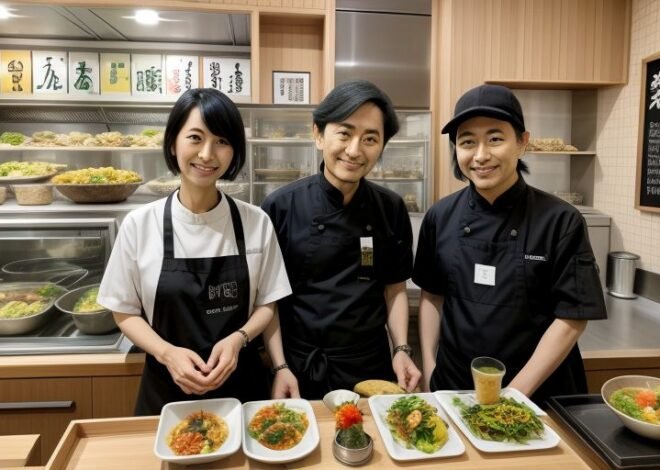
South Korea Sees Rise In Popularity Of Fat Reduction And Joint Care Supplements
The times today are fast changing the face of global health and wellbeing and South Korea remains well on its way to becoming even more of an innovator. This market has recently ranked the 9th largest wellness market globally, which is now witnessing a high growth in the nutraceutical segment with focus on body fat reduction and joint care. Recent statistics from the Korean Health Functional Food Association (KHFF) show that 51.8-million strong population of South Korea takes health supplements at a staggering 84.4%, further evidence of the preventative health culture in force there.
Demand for body fat loss has remained at the forefront of consumer interests for several years now, this trend depicts the fact that the nation continues with its obsession of body looks and Fitness. Such expectations are quite widespread in the South Korean society where the slender body type is still widely valued. This trend has continued all these years and implies that consumers in South Korea today are today relying on supplements as a way of getting their preferred body shape/image as they rely on diet and exercise.
Supplements for joint care have established a strong second position in the market, explains by the increasing consciousness towards mobility, specifically in senior citizen’s segment. Pulled by one of the lowest birth rates in the world and an aging population in South Korea, increased demand for products for healthy aging, the quality of life can be observed.
The markets therefore for nutraceuticals are not confined to the two mentioned categories only. There is crazy growth in products such as eye care, cognitive function, skin health, liver support and also blood sugar regulation goods which offer an insight into a society that is gradually leaning towards complete body wellness. Such a diversification of diseases relates well to an enhanced consumers’ health consciousness, which ensures that people are more aware of the different aspects that make up health as a whole.
Notably, the COVID-19 has shifted health priorities in South Korea to the long term. Although COVID-19 is no longer the global menace it was last year, the virus has enhanced people’s focus on the immune system, which has further propelled the gut health market. Of all these categories, probiotics are the fastest-rising segment and currently occupy the third largest position in South Korea, following red ginseng and vitamins and minerals.
Red ginseng is still the market leader with a 31.5% market share in the South Korean nutraceutical in 2022. This old kind of vegetable is still popular among South Koreans due to their beliefs in the folklore stories that the vegetable is really good for their body and this has made them keep on buying the vegetable even in the modern times.
It is necessary to comprehend that the modern South Korean health and wellness revolution goes beyond supplements. The physical activity and traditional & complementary medicine index shows that the country is 6 in rank in the globe according to the Global Wellness Institute. It also stands tall in public health, preventive and precision medicines and work place wellness, thus offering more than just supplements for all round health solutions.
It is also noticeable that such a trend of thinking is gradually strengthening with the younger generation. This digital generation and post-millennials increasingly constitute an attractive customer base for health and wellness products. These new young clients are actively seeking out the latest innovations in wellness and are prepared to spend on products they believe will ensure they stay optimised.
A fast-growing market in South Korea for health and wellness products to succeed for both domestic and international brands. It’s getting bigger and bigger, generating a sales figure of KRW 4.582 trillion (about US$3.36 billion) in its market. Thus, expecting an even more increasing trend in the delineated sphere, the author defines the Korean consumers’ pursue of their healthy lifestyle as a major reason for consumption of improved, efficient and high-quality health products.
And as we expand our analysis of the market further it can be seen that the South Korean health and wellness revolution is in fact far from a mere fad. It is a cultural revolution of the consumer and his/her values new demography and an evolution due to concerns for health. Essentially, firms operating on the South Korean market could assess the potential of a specific segment of this highly dynamic and promising wellness economy by identifying and satisfying its specific needs.


